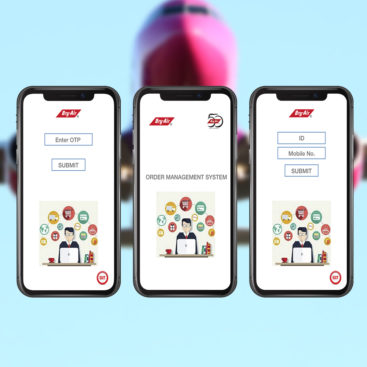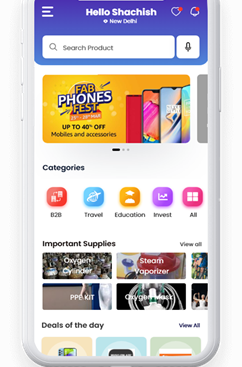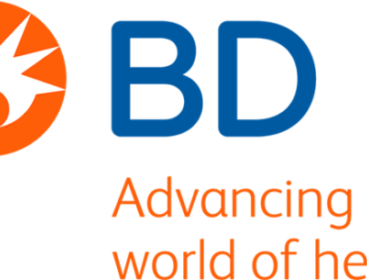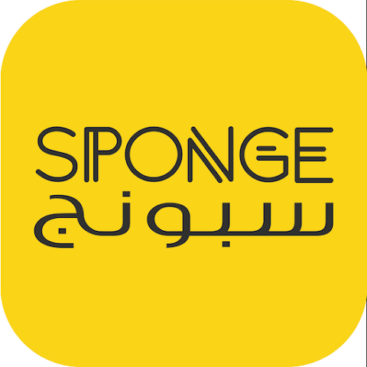Introduction
In the digital age, books continue to be a vital source of knowledge and entertainment.
However, the vast amount of textual content in books can be overwhelming for readers.
To enhance the reading experience and make book content more accessible, a Text Summarization and Image Generation Model can be developed.
Objective
The primary objective of this case study is to showcase the development and utilization of a Text Summarization and Image Generation Model that can automatically summarize book chapters and generate illustrative images to aid in understanding the content.
Solution:
- Text Summarization:
- Dataset: Collect a diverse dataset of books or book chapters in digital format.
- Natural Language Processing (NLP): Utilize NLP techniques, including tokenization, named entity recognition, and sentiment analysis, to process the text.
- Summarization Model: Develop a deep learning-based summarization model, such as a Transformer-based architecture trained on the book dataset.
- User Interface: Create a user-friendly interface that allows readers to input a book chapter, and the model generates concise summaries.
- Image Generation:
- Dataset: Gather a dataset of relevant images or illustrations related to the book’s content.
- Image Captioning Model: Train an image captioning model, such as a Convolutional Neural Network (CNN) combined with a Recurrent Neural Network (RNN), to generate textual descriptions of images.
- Image Synthesis: Implement a Generative Adversarial Network (GAN) to generate images based on the textual descriptions from the captioning model.
- Integration: Integrate the image generation component with the text summarization model to create a unified system.
Why was the initiative launched?
- Enhanced Reading Experience: The initiative may aim to enhance the overall reading experience for individuals by providing concise and easily digestible summaries of book chapters. This can make reading more engaging and efficient.
- Accessibility: Improving the accessibility of books is a key goal. The initiative may be driven by a desire to make books more accessible to individuals with disabilities, such as visual impairments, by providing visual aids and text summaries.
- Efficient Information Retrieval: In the age of information overload, readers may find it challenging to sift through lengthy texts to extract essential information. The initiative can help users quickly find the information they need.
- Time-Saving: Many people have limited time available for reading. The initiative can save time by summarizing content effectively, allowing individuals to get the gist of a book chapter without reading the entire text.
Outcome
A Text Summarization and Image Generation Model for book chapters offers a powerful tool to enhance the reading experience and improve content accessibility. This case study highlights the potential of such a system to benefit readers, educators, and publishers by making book content more digestible and engaging. When implemented effectively, it can revolutionize how people interact with and learn from books in the digital age.












